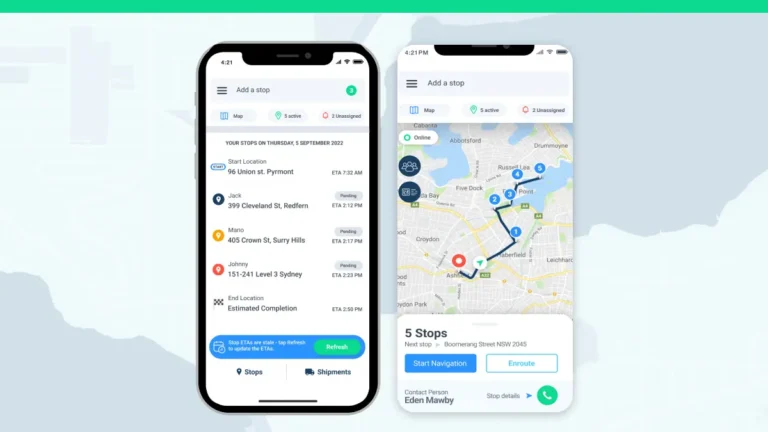Google is on a never-ending quest to improve the accuracy and relevance of its search results. Whether it is to enhance user experience or to remain competitive is beside the point. The fact is that the nearly 600 yearly algorithm updates are a nightmare for brands.
Most brands rely on SERPs (search engine results pages) to get traffic to their websites. If the web traffic is there, it could lead to a boost in sales, or it could turn browsing netizens into customers. It could boost engagement. It could do many things, if the Google algorithm lets it.
Staying ahead of the algorithm game
Why does all of this matter for brands with smaller, focused websites? Adapting to these changes is crucial for brands who want to stay ahead of the search engine curve.
Consider this: If Google prioritizes certain types of content, it could have an impact on how an e-commerce brand’s products and services are discovered and accessed by potential customers.
For example, Google’s Helpful Content Update in September had such an impact on web rankings, smaller niche sites dropped off the search pages while the big players like Walmart and Amazon retained their rankings.
EEAT up the competition
Even though dropping off rank pages could be due to a number of factors – such as slow load times or poor quality content – industry experts say Google still prefers to give established sites prominence over brands that aren’t as big as the top players.
The good news is the fundamentals in ranking a website hasn’t changed. Google is still on the hunt for sites that adhere to its EEAT principles – Experience, Expertise, Authoritativeness, and Trustworthiness.
This means quality content remains king. Content published online should be well-researched and fact-checked, and should provide value to the reader. If this is done consistently, Google will recognize the brand as a trusted, credible source.
Avoid falling off the SERP wayside
The founder of TrueGrit Communications David Rand interviewed Semrush’s senior market research manager, Fernando Angulo.
Angulo says even smaller, niche sites could stand out from the virtual crowd by “offering expert-written content [and] comprehensive insights.”
On the flipside, though, low-quality sites populated with bland and repetitive content “will feel the brunt of the [Google algorithm] updates.”
One way to avoid this pitfall is to publish industry-specific content which addresses common challenges in your industry. By understanding your customers’ needs and behavior, you could provide the type of content they are (literally) searching for.
In short, give both the algorithms and your customers what they want.
- Ensure your website loads fast and is easy to navigate. First impressions count; look at it from the perspective of a client landing on your website for the first time.
- If you engage your customer at every stage of their journey, they are more likely to return.
- Happy customer equals positive reviews. A quality review goes a long way.
About the author
Cheryl has contributed to various international publications, with a fervor for data and technology. She explores the intersection of emerging tech trends with logistics, focusing on how digital innovations are reshaping industries on a global scale. When she's not dissecting the latest developments in AI-driven innovation and digital solutions, Cheryl can be found gaming, kickboxing, or navigating the novel niches of consumer gadgetry.











